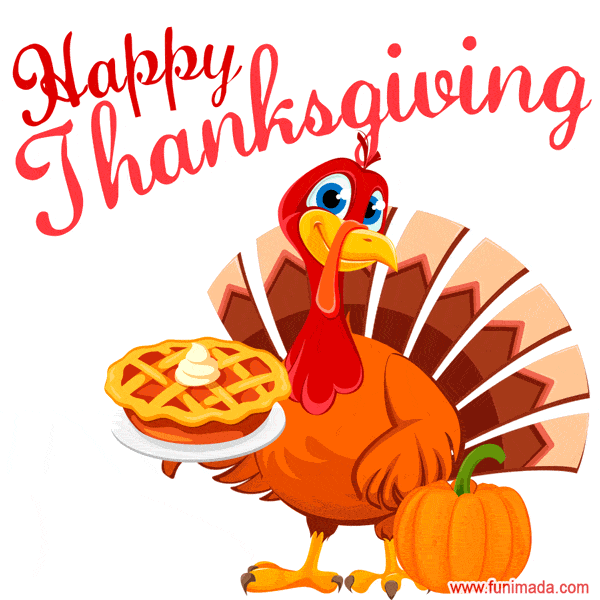ONEALCPA wishes you a safe and Happy Thanksgiving…
Thanksgiving Day has its roots in both historical events and evolving traditions over centuries. Here’s an overview of how it came about:
1. Early Harvest Festivals
- Pre-Colonial Celebrations: Thanksgiving-like harvest festivals have been celebrated in many cultures worldwide for centuries. These events were often tied to giving thanks for a bountiful harvest.
2. The First Thanksgiving was in 1621
- The modern Thanksgiving holiday is often traced back to a three-day feast held in the fall of 1621 by the Pilgrims at Plymouth Colony (present-day Massachusetts).
- The Pilgrims celebrated their first successful harvest with the Wampanoag Native Americans, who had helped them learn agricultural techniques.
- Foods likely included venison, fowl, fish, and corn, but not the traditional turkey and pies we associate with Thanksgiving today.
3. Thanksgiving as a Tradition
- In the years following, Thanksgiving days were celebrated sporadically in different colonies, often as a day of prayer and thanks.
- It wasn’t tied to a specific date and varied greatly between regions.
4. Abraham Lincoln’s Proclamation (1863)
- Thanksgiving became a national holiday during the Civil War. On October 3, 1863, President Abraham Lincoln issued a proclamation designating the last Thursday of November as a day of Thanksgiving.
- Lincoln hoped the holiday would help unify the nation during a time of great division.
5. The Evolution to Modern Thanksgiving
- Franklin D. Roosevelt and the “Date Debate”: In 1939, President Franklin D. Roosevelt moved Thanksgiving up a week to extend the holiday shopping season. This caused controversy, and in 1941, Congress passed a law making Thanksgiving the fourth Thursday of November, where it remains today.
- Cultural Additions: Over time, traditions like parades (e.g., Macy’s Thanksgiving Day Parade), football games, and the emphasis on turkey dinners became central to the celebration.
6. A Time for Reflection and Thanks
- Thanksgiving today is celebrated in the U.S. as a time for families and friends to gather, share a meal, and express gratitude. It also serves as a reminder of the complex history involving cooperation and conflict between settlers and Native Americans.




